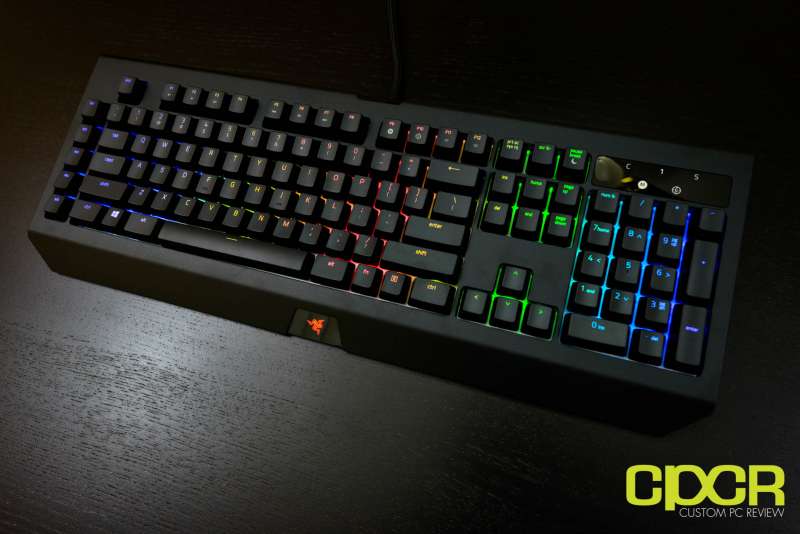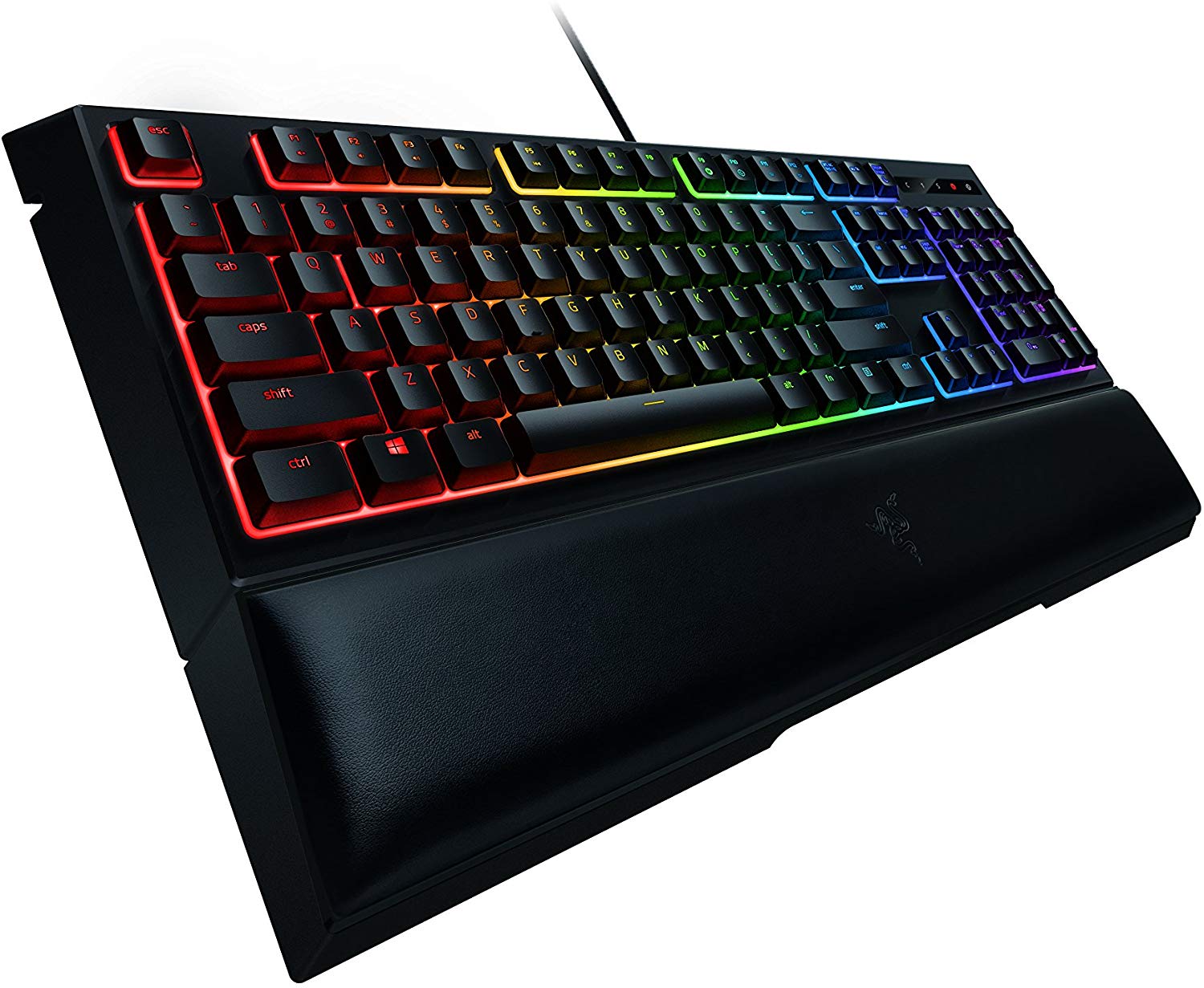


The BlackWidow is a simple but well-composed package, to be sure, but my experience with the keyboard was also defined by what it's missing. Game lighting has become a cliche, but if it's your thing, Razer still does it best. You can store up to five profiles on the keyboard's own onboard memory, which lets you bring profiles from PC to PC.Ĭhroma Studio, the lighting focus sub-app within Synapse III, gives you the ability to customize the RGB lighting for each individual key, including the color, timing, and pattern. Speaking of Synapse III, the BlackWidow lets you create and store configuration profiles for as many games or programs as you'd like on your PC, including custom key mapping, Hypershift mapping, and a custom lighting scheme. It's a neat feature that gives you lots of extra tools to play with, and makes people who don't love reorganizing keyboards for fear of losing track of keys they need an opportunity to start programming macros and hotkeys without deviating from the standard layout to which they (and I) am accustomed. In addition to standard key mapping, Hypershift allows you to map a secondary action to any key pressed with the function key. Though there are no dedicated macro keys, Razer's Synapse III software lets you customize almost every key on the keyboard, as well as a full board's worth of secondary hotkeys using a customization feature called Hypershift. Picking the right mechanical keyboard switch is a personal preference, so this isn't to say that the BlackWidow is good or bad, just that it is a very specific type of keyboard and generally meant for users who play more than they write (or who tend to type in short, fast bursts). You're quick on the trigger-or the strafing step-when playing games like Tom Clancy's The Division 2, but also more prone to typing mistakes.

The BlackWidow uses Razer's Green switches, which behave much like Cherry MX Blues: They're light and actuate very quickly, with a fairly loud mechanical clack. Razer makes proprietary switches for its mechanical keyboards. These flourishes, though small, go a long way: The BlackWidow both looks and feels smartly considered and handsome. The underside of the keyboard also has built-in cable management that lets you hide and direct the BlackWidow's braided cable off to either side. Its rear feet, which allow you to prop the keyboard at an angle, have two sizes so you can customize the slope.

Its case slopes down at the bottom, making room for your wrists while giving a Chroma-enabled logo prominent placement. Looking over the BlackWidow more closely, you may notice it has a lot of small design quirks we've seen on Razer devices before.


 0 kommentar(er)
0 kommentar(er)
